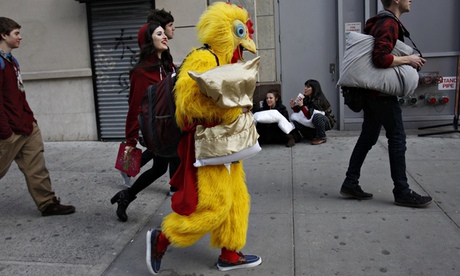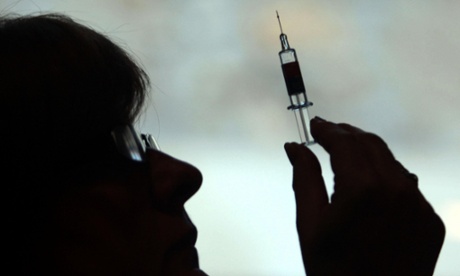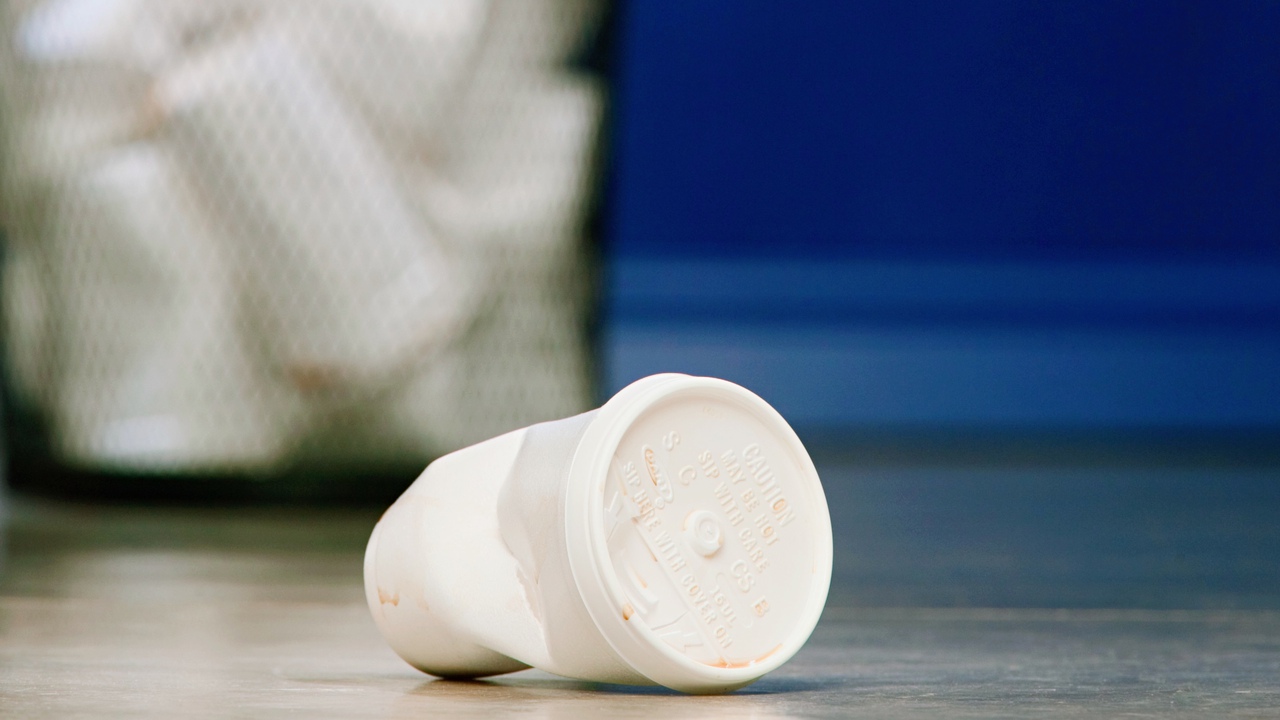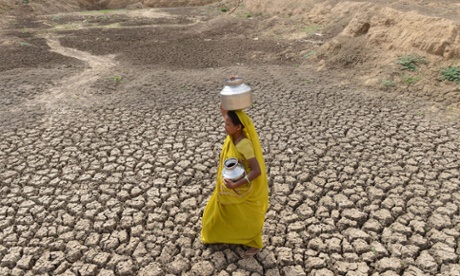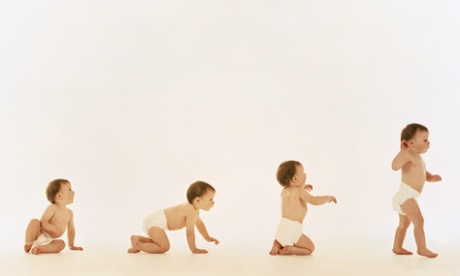By definition, a circular economy is a term for an industrial economy that is by design or intention, restorative. With over 7 billion people on the planet, reuse has never been more important as the population swells and natural resources become exhausted from our daily demands. Droughts in California and water pollution crowd the headlines, but creating awareness without shaming and making consciousness cool, are what a few businesses are trying to do to break bad habits.
According to New Jersey-based Terracycle, a business that makes consumer products from pre-consumer and post-consumer waste, 99% of the total material flow in the US becomes garbage within six months. Founder Tom Szaky says it is important to note that from a strictly material or scientific standpoint, everything can be recycled. The only barrier to something being considered “recyclable” in our society is economics. “For-profit waste management companies are allowed to define what is recyclable based on what is profitable for them to collect. That is why our recycling system is broken,” says Szaky.
Cigarettes, baby diapers, cheese wrappers and more find a second life through TerraCycle by people simply taking the time to get rid of waste they create on a regular basis. Enlisting in-house teams to separate cigarette waste into its most basic components, the organic waste (ash, tobacco and paper) can be used in tobacco-specific compost, while the plastic (the filter) can be re-heated, extruded, and turned back into plastic pellets. Recycled plastic pellets like these mitigate the need for virgin plastics, and can be used to make ashtrays or industrial products such as shipping pallets.
Sexy? Not necessarily, but with programmes catering to families, schools, communities, and corporations, Szaky says his business is helping people live a greener, cleaner lifestyle.
“By showing consumers the possibilities locked away in a chip bag or drink pouch or yogurt tub, you prove that the word ‘garbage’ is nothing but a misnomer,” says Szaky. His hope is that once people realise trash has value, they will start taking recycling more seriously.
If seeing value in a street-side cigarette butt is a stretch, how about chicken feathers as fuel? Richard Wool, professor in the department of Chemical and Biomolecular Engineering at the University of Delaware has found lots of uses for animal waste over the past two decades in addition to figuring out how to turn chicken feathers into computer processors and soybean oil into John Deere tractor parts. His latest project aims to commercialise a new kind of breathable leather grown out of a Petri dish without the environmental challenges of animals.
Wool’s company Eco-leather Corp. is creating the leather with heat and pressure, fusing feathers with natural fibres and plant oil resins, which can be made soft or rigid. Wool’s lab has also developed a bio-based foam that can replace polyurethane, a widely used petroleum-based material that releases airborne pollutants.
“Leather from animals is a highly polluting process that generates much toxic runoff via the Chromium-6 salts used in the curing process and the enormous quantities of discarded solid waste and contaminated water,” says Wool, whose company has begun collaborating with Nike and Puma on developing an athletic shoe made out of non-toxic materials.
Creating effective recycling programs and finding viable material alternatives are two big steps in contributing to a successful circular economy but when considering the hot topic of water conservation and protection, effective messaging can fall flat with people suffering from environmental fatigue.
Mayor Michael Bloomberg’s rezoning of 40% of New York city, meant many industrial zones on the waterfront switched to residential. It will be luxury that will boast a great water view rather than factories. With that waterfront access, realtors have found river and park access to be big money, especially in the outer-borough districts of Williamsburg and Long Island City.
The Brooklyn Bridge Park, High Line and Low Line parks are healthy gauges of this, along with project +POOL, a “plus” shaped pool which will act like a giant strainer dropped into the Hudson river. Filtering river water within its walls +POOL will remove bacteria, contaminants and odours, providing safe and swimmable water that meets local and state standards.
In collaboration with Google Drive, the +POOL team has just launched the +POOL Dashboard, a visual tool providing the general public with data on the quality of New York’s rivers and +POOL’s mission to improve and eventually swim in it.
Since Dong-Ping Wong and co-founders Jeff Franklin and Archie Coates launched +POOL in 2011, the project has become a poster child for funding large-scale civic projects worldwide. However, Wong admits, “there weren’t any social or environmental causes we started out with. It was a selfish desire to want to swim and it’s turned out to appeal to lots of people.”
Hoping to open in 2017, the benefits of +POOL intend to go beyond purifying hundreds of thousands of gallons of river water everyday, with the simple act of letting people swim in the water that surrounds them and changing the psychology behind how people look at water.
“It’s more of a worldwide consciousness,” says Wong, “a need for more open spaces and the world understanding that we haven’t taken care of the environment. All of these things are coming into play at once and seemingly working for all of us.”
Amy DuFault is a writer and sustainable fashion consultant. In addition to being a former co-owner of an eco-boutique and a rep for sustainable designers, she coaches and connects the sustainable fashion community
Read more stories like this:
Oddly Sustainable: powering your computer with cigarette butts?
- Guilt-free takeaway coffee in a paper cup: is there such a thing?
- Advertisement Feature: The right circular business model and design strategy for your product
The circular economy hub is funded by Philips. All content is editorially independent except for pieces labelled advertisement feature. Find out more here.
Join the community of sustainability professionals and experts. Become a GSB member to get more stories like this direct to your inbox
